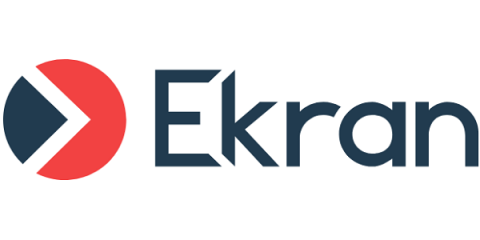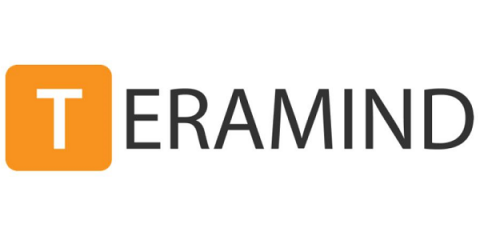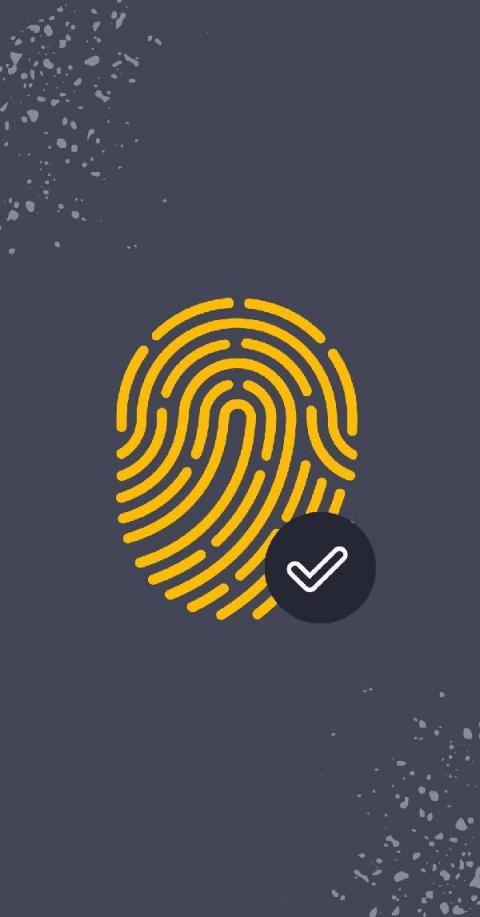How to Perform a Data Protection Impact Assessment (DPIA)
Conducting a data protection impact assessment (DPIA) or privacy impact assessment (PIA) is a complex and challenging task. Nevertheless, it’s critical to do. Data privacy concerns have become a significant focus across all industries, and for good reason: data is at higher risk than ever before. In its 2020 Q3 Data Breach QuickView Report, Risk Based Security revealed that 36 billion records were exposed during the first three quarters of 2020.











